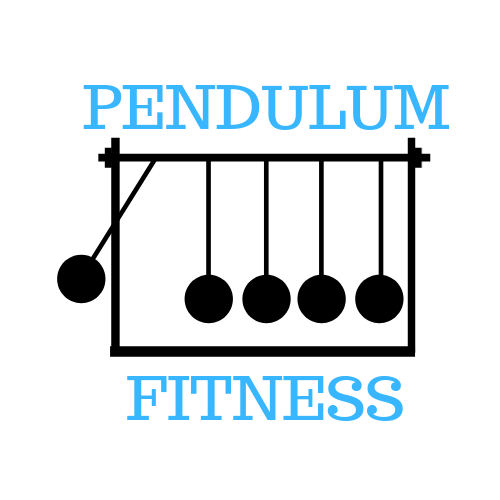Plyometrics and Power are two components of performance which are super important in sporting scenarios. Power Training is an aspect of resistance training and aims to reduce the amount of time it takes to produce the greatest amount of force. Plyometric Training aims to increase the speed at which you can move your body on and off the ground. Both of these are great for increasing your running speed and jump performance. At Pendulum Fitness I ensure all of the athletes I work with have these training methods implemented into their training programmes.
Plyo
Plyometric Training is great for athletes as it can increase the number of steps they can make in a set amount of time. The number of steps an athlete takes when sprinting is directly correlated to how fast they run. Plyometric Training for the upper body can also benefit sports performance in sports such as MMA and Boxing as it should improve the rate at which punches can be thrown. Plyometric Training also conditions the muscles and tendons to perform at high speeds and under high loads in a controlled environment. This should help to reduce the risk of chronic soft tissue injuries, for example, tendinopathies, or muscle strains, when performing sports in uncontrolled environments.
Power
Power training helps to utilize the gains made when strength training by helping to reduce the amount of time it takes to generate this force. This should, for example, help reduce the amount of time taken to reach top speed when sprinting and increase jump height and distance via the decreased stretch-shortening cycles. More specifically power is important in sporting scenarios like rugby lineouts and scrums, dunking in basketball, heading in football, and striking in combat sports. All of these scenarios are swift, sharp movements, with as much force production as possible.
Together
Plyo training and power training go hand in hand and are both important to get the most out of your strength training program. When sprinting for example if you can increase your stride rate using plyometric training and stride length via power training there should be a resultant increase in running speed and acceleration. in combat sports the higher the rate of your strikes and the more force you can put into each one, the more opportunities you will have to create holes in your opponent’s defence. All in all, if you have a large force capacity but you are unable to generate it in the required time then it may as well not be there!
